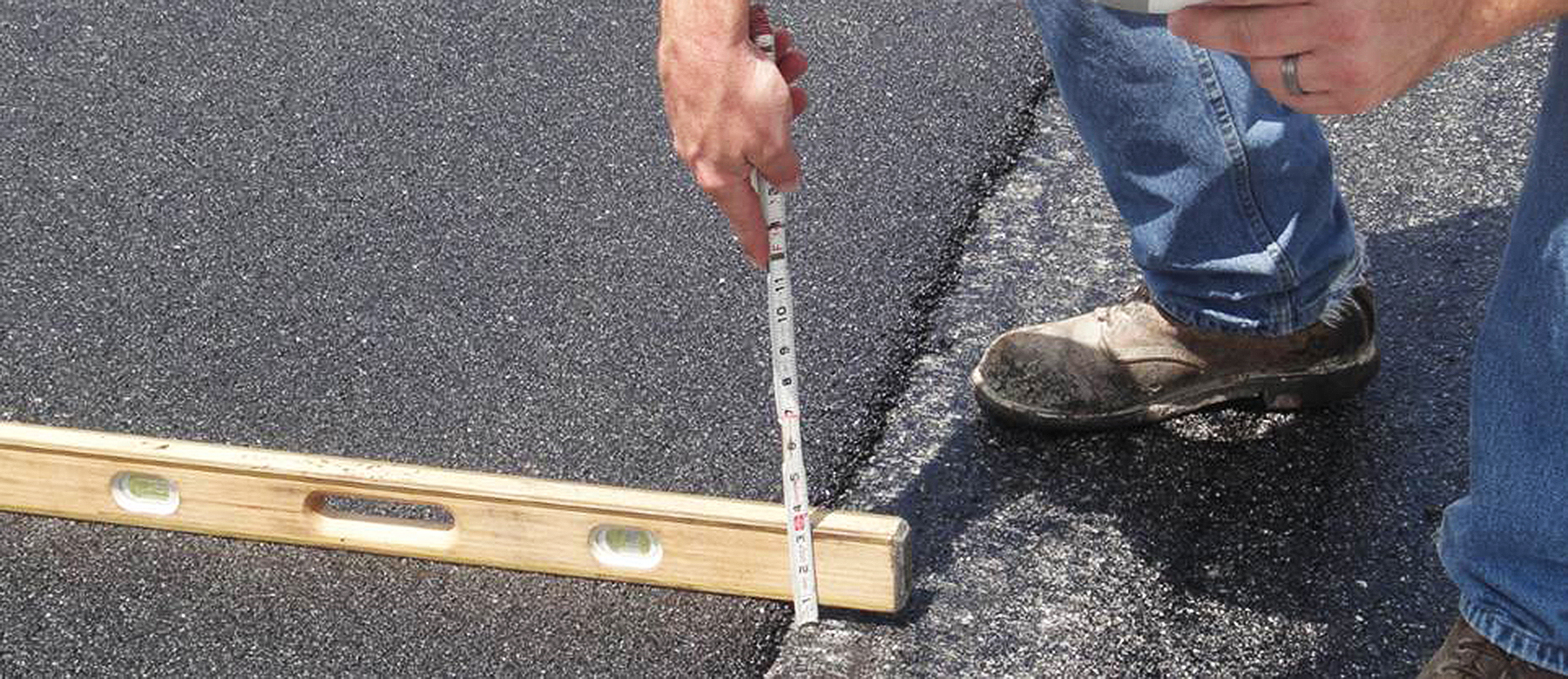Enhance Property Worth and Functionality with Hot Mix Asphalt Paving Providers
Enhance Property Worth and Functionality with Hot Mix Asphalt Paving Providers
Blog Article
Unlocking the Secrets of Hot Mix Asphalt Technology
Checking out the depths of hot mix asphalt technology discovers a world where exact solutions and careful procedures merge to shape our roads and framework. The blend of fillers, aggregates, and binders isn't simply a building task however a strategic orchestration of sturdiness and performance. As we peer right into the detailed dancing of elements, a tapestry of resilience and sustainability unfolds. What lies under this surface area of asphaltic mastery, and what secrets wait to be unveiled in the world of leading developments?
Value of Hot Mix Asphalt
Hot Mix Asphalt plays an important duty in contemporary infrastructure development due to its resilience and cost-effectiveness. As the most generally utilized leading material for roadways, highways, and car parking great deals, Warm Mix Asphalt offers an array of advantages that add to its relevance in building and construction tasks.
The longevity of Hot Mix Asphalt comes from its composition, that includes accumulations, binder, and filler materials that are very carefully selected and mixed to satisfy details efficiency requirements. This specific mix results in a strong and flexible sidewalk that can endure constant use without significant wear and tear. Additionally, Warm Mix Asphalt is 100% recyclable, more enhancing its sustainability and ecological benefits. Overall, the relevance of Warm Mix Asphalt in facilities advancement can not be underrated, as it remains to be a cornerstone of contemporary building and construction techniques.
Components of Asphalt Mixes
The structure of asphalt blends includes carefully picked accumulations, binder, and filler products that are essential for attaining specific efficiency demands. Aggregates are the primary element of asphalt mixes, supplying strength and stability. These accumulations can be natural, such as crushed rock or crushed stone, or artificial, like recycled products from old sidewalks. The binder, normally asphalt or asphalt cement, holds the accumulations with each other and gives flexibility and toughness to the mix. The choice of the binder is vital as it directly influences the mix's performance in different weather. Fillers, such as moisturized lime or Rose city concrete, are utilized to improve the mix's workability and aging resistance. Angled Parking.
The mix and proportion of these parts play a substantial function in figuring out the top quality and efficiency of the asphalt mix. Designers carefully create the mix to fulfill certain needs, considering variables like traffic volume, environment conditions, and pavement life expectancy. Appropriate selection and harmonizing of accumulations, binder, and fillers are crucial for creating durable, long-lasting asphalt pavements.
Combining and Production Techniques

Once the accumulations are picked, the binder, often asphalt cement, is added to bind the products together. The binder's high quality and amount considerably affect the mix's resistance, versatility, and stamina to ecological factors. In addition, fillers like moisturized lime or Rose city cement may be included to boost certain characteristics of the asphalt mix, such as its workability or moisture resistance.
Throughout manufacturing, the accumulations and binder are warmed, generally between 250-325 ° F(121-163 ° C ), to assist in mixing and make sure correct finish of the aggregates. The blending process has to be comprehensive to achieve a homogeneous mixture that promotes the desired efficiency features of the asphalt. Various strategies, such as batch mixing or drum blending, are used to accomplish top notch and regular asphalt mixes for building and construction tasks.
Aspects Affecting Asphalt Efficiency
Aspects affecting asphalt performance incorporate a variety of variables that influence the toughness, longevity, and general high quality of asphalt pavements. One vital factor is the quality of materials made use of in the asphalt mix.

Style factors to consider, such as sidewalk density and water drainage, are important in making certain the long-lasting performance of the asphalt pavement. By carefully thinking about these designers, service providers and aspects can maximize asphalt efficiency and boost the service life of pavements.
Lasting Practices in Asphalt Innovation
:max_bytes(150000):strip_icc()/asphalt-worker-134249388-58cdf96f5f9b581d723f2f33.jpg)
WMA permits for the production and placement of asphalt blends at lower temperatures compared to typical hot-mix asphalt, resulting in lowered power consumption and greenhouse gas discharges. The usage of permeable asphalt blends can help mitigate stormwater runoff issues by enabling water to penetrate with the sidewalk and into the ground, promoting natural water purification and charge procedures.
Verdict
In verdict, warm mix asphalt innovation plays an important function in contemporary facilities development as a result of its toughness and cost-effectiveness. By carefully balancing elements, using appropriate mixing methods, and thinking about different aspects, engineers can develop high-grade asphalt mixes that hold up against rush hour lots and severe weather conditions. Welcoming lasting methods, such as utilizing warm-mix modern technologies and recycled materials, even more improves the environmental friendliness of asphalt modern technology.
Mixing and manufacturing techniques in warm mix asphalt innovation involve the exact combination and processing of aggregates, binder, and fillers to create a high-performance and resilient asphalt mix.Factors influencing asphalt performance include an array of variables that impact the durability, durability, and total top quality of asphalt sidewalks. Lasting practices in asphalt modern technology include numerous campaigns aimed at minimizing the ecological effect of asphalt manufacturing and paving processes. By incorporating redeemed asphalt pavement (RAP) and recycled asphalt roof shingles (RAS) into new asphalt blends, the sector can significantly decrease the consumption of raw materials and energy, while additionally lowering land fill waste.
WMA allows for the production and placement of asphalt mixes at reduced temperature levels compared to traditional hot-mix asphalt, resulting in reduced power usage and greenhouse gas emissions.
Report this page